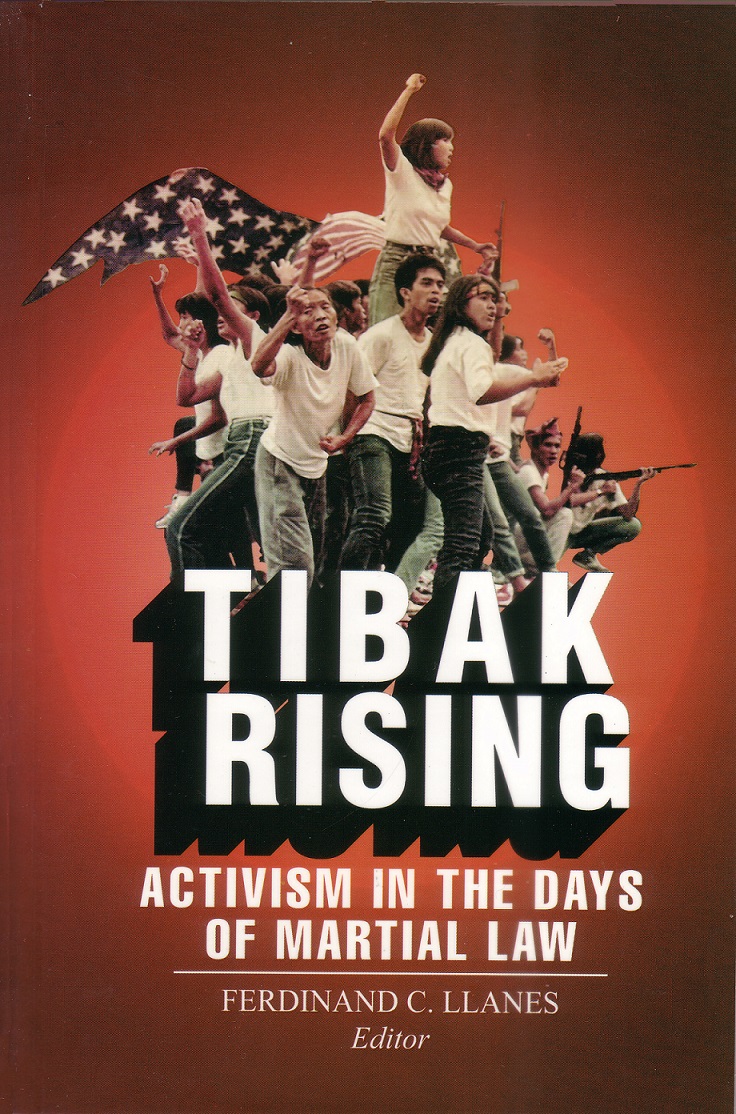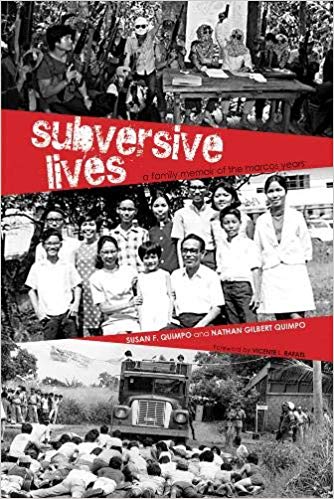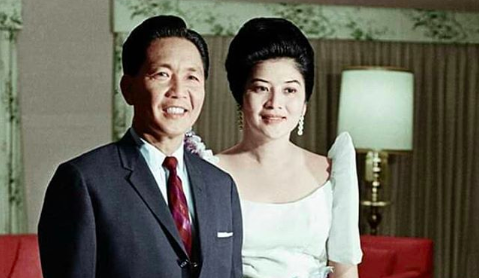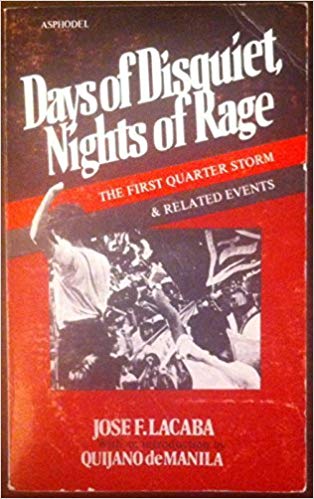It’s been 47 years since Ferdinand Marcos declared martial law in the Philippines, and up to this day, it still remains one of the darkest periods in our history. Many Filipinos suffered the wrath of corruption and greed of the Marcoses and those who worked for him: the rampant violence, the government abuse, the suspension of the writ of Habeas Corpus, the plight of the media and journalists, and many more. People have risked their lives and lost their loved ones in the process.
The memories of history are never eased, but many of us have forgotten the true impact of the events during those dark times. Especially for those who did not live to see those days, there was more than just brutality against the Filipino people. The government’s actions towards the nation were inhumane, corrupt, and products of greed, selfishness, and power.
There are many stories you can find online and through various articles in the media, but these books will tell you in-depth narratives of the harsh realities of the martial law era. But beware, some of these are not for the faint-hearted.
“A Conjugal Dictatorship” by Primitivo Mijares

This book reports the best-laid plans that paved the way to the Philippines’ dark history: the imposition of martial law in 1972 and the schemes that built and held its infrastructure. Drawing data from his work as Marcos’ media adviser before his defection in 1975, Primitivo Mijares exposes the massive corruption and military abuse under the regime that left the nation in ruins. Forty years after its first publication, the book, in its revised and annotated edition, reminds Filipinos of their past that remains a present threat.
“Tibak Rising” by Ferdinand C. Llanes

“Tibak Rising” was conceived in 2004 and launched on July 21, 2012, at the University of the Philippines, Diliman. It was timed to complement the events commemorating the generation of anti-martial law activists who offered their lives in the struggle against the Marcos dictatorship. The book’s editor, Ferdinand C. Llanes, professor of history at U.P., achieved the collection of a slice of history that could so easily have been forgotten. Ferdinand explains in his introduction that the clandestine way of life under a fascist dictatorship necessitates a self-censoring personality. “Identities were concealed, organizational activities were kept secret, recording or documentation was coded. The secretive nature of activism during martial law naturally limited public access to the nuances of a day-to-day activist life.”
“Desaparasidos” by Lualhati Bautista

This most recent work of Lualhati, graced with an illuminating introduction by National Artist for Literature, Bienvenido Lumbera, uses the form of the novel to explore the harrowing trials of activist abductees (the disappeared/desaparesidos) during the martial law regime. Her characterization and expert use of flashbacks to depict events that happened decades ago explore and recount how young people’s lives were shattered by abuse that resulted in a new mother losing track of her child and her own personhood, and a young man’s loss of trust in many things he held dear. Yet, the author is able to fill the work with hope, as the now-grown victims seek, not only to deal with their trauma, but also to recover both love and hope in their present lives.
“Days of Disquiet, Nights of Rage” by Jose F. Lacaba
A compilation of on-the-spot reports on the First Quarter Storm first published in the Philippine Free Press and the Asia-Philippines Leader, “Days of Disquiet, Nights of Rage” is a useful manual for mass media students and practitioners working in the so-called New Journalism or literary journalism. Jose F. Lacaba, as TV and newsreel do, puts you right on the scene of the brutality of martial law against journalists. He communicates the emotion, even the meaning of what’s happening without having to spell it out.
“Subversive Lives” by Susan F. Quimpo and Nathan Quimpo

From the 1960s to the 1990s, seven members of the Quimpo family dedicated themselves to the anti-Marcos resistance in the Philippines, sometimes at profound personal cost. In this unprecedented memoir, eight siblings tell their remarkable stories in individually authored chapters that comprise a family saga of revolution, persistence, and, ultimately, vindication, even as easy resolution eluded their struggles. “Subversive Lives” tells of the attempts to smuggle weapons for the New People’s Army, the heady times organizing uprisings and strikes, the cruel discovery of one brother’s death and the inexplicable disappearance of another (now believed to be dead), and of imprisonment and torture by the military. These stories show the sacrifices and daily heroism of those in the movement, but they also reveal burned legacies.
Photo courtesy of Kulay Colorization’s Instagram account
For the latest in culture, fashion, beauty, and celebrities, subscribe to our weekly newsletter here
Follow Preen on Facebook, Instagram, Twitter, YouTube, and Viber
Related stories:
Aquino Day documentaries to watch so you #NeverForget Martial Law
WATCH: Martial law journalists and campus reporters who #DefendPressFreedom
Watch these films if you want to understand Martial Law
‘Sister Stella L.,’ ‘Batch ’81,’ and other martial law movies to watch
Duterte makes a rape joke in light of martial lawdDeclaration



